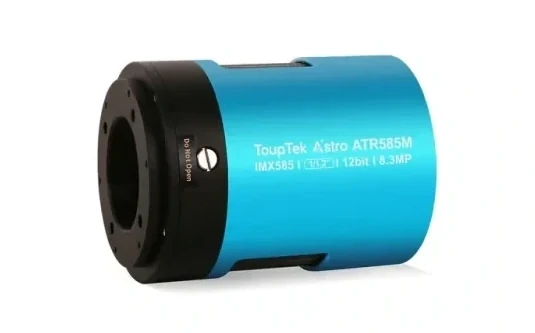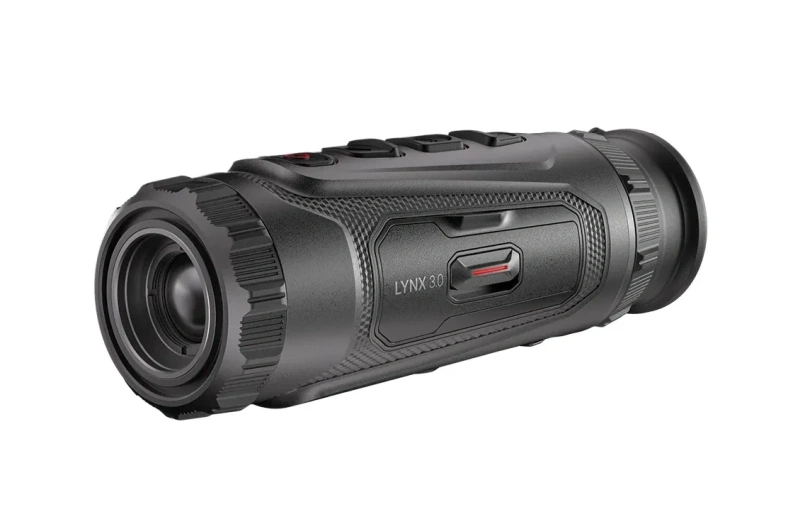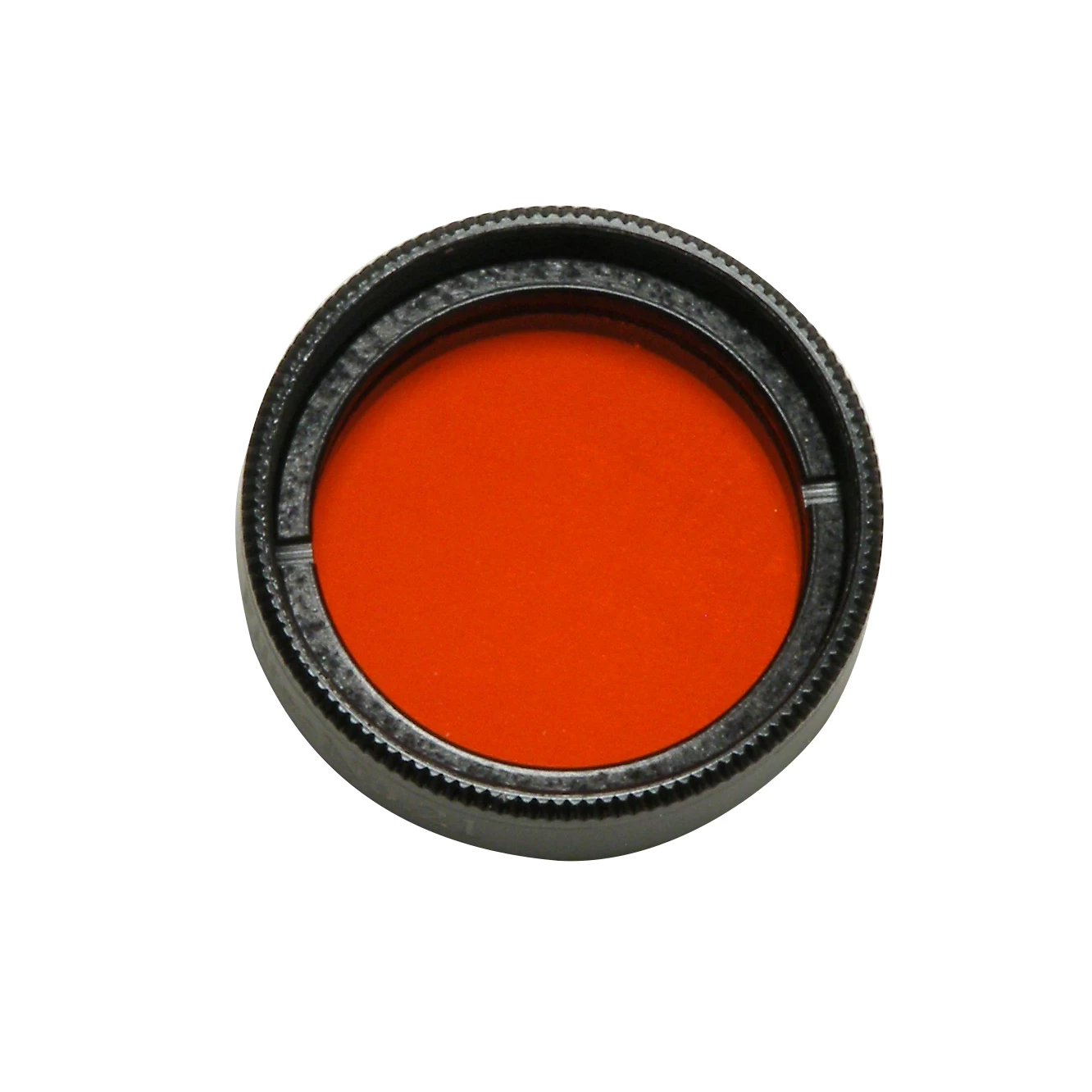Orange #21 colour filter (46% opacity): Use colour filters to highlight low contrast details of solar system objects (Sun, Moon, planets). The principle of color filters is that they transmit light in the same or similar color ranges as their own color to a greater extent than in the complementary color range.
For example, the complementary color of red is blue, the complementary color of red is green, the complementary color of yellow is purple, orange is bluish purple. As the colour filter darkens the complementary colour, it creates a contrast enhancing effect.
Our colour filters are 1.25" in size, have a high quality glass material and anti-reflective coatings to ensure excellent image quality. It is very important to choose a filter for the object you are observing and the diameter of the telescope. Darker, smaller filters with lower transmission can only be used effectively with larger diameter binoculars.
The orange filter is a brighter, higher transmission alternative to the red colour filter. They are ideal for medium diameters (10-15 cm). They highlight dark details, so when viewing the Moon, the light-shadow effects create an interesting, almost three-dimensional image. It highlights the Cassini niche in the Saturn ring. It contrasts the umbra of sunspots, making them distinct but not replacing the solar filter but complementing it. For Mars, it produces a more contrasting planetary disk. It also helps in the detection of Mercury and Venus in the case of a restless atmosphere near the horizon.
Watch out: always use a solar foil when observing the Sun!




































